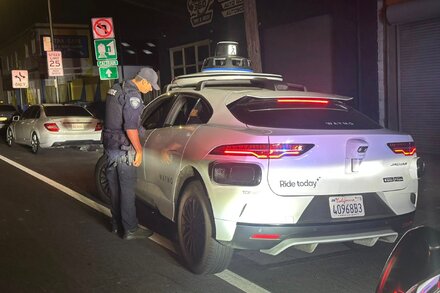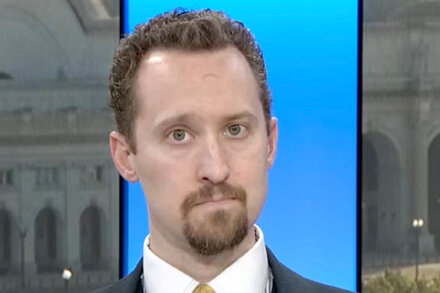
SAN BRUNO, Calif. – A recent traffic infraction involving an autonomous Waymo vehicle in San Bruno has brought to the forefront the complex legal question of liability when driverless cars violate traffic laws. The incident, where a Waymo vehicle executed an illegal U-turn, has prompted discussions among law enforcement, legal experts, and autonomous vehicle manufacturers about accountability in a rapidly evolving technological landscape.
The self-driving car, operating in full autonomous mode, was observed by local law enforcement making an unauthorized U-turn at an intersection. While the maneuver did not result in an accident or immediate danger, it highlighted a growing dilemma: when an artificial intelligence is at the controls, who ultimately receives the ticket?
The Incident and Initial Response
According to reports, San Bruno police officers identified the Waymo vehicle making the illegal turn. In traditional circumstances, a human driver would be issued a citation. However, with no human actively controlling the vehicle at the moment of the infraction, officers faced a novel situation.
“Our officers are trained to uphold traffic laws, regardless of whether the vehicle is human-driven or autonomous,” stated Officer Maria Rodriguez, a spokesperson for the San Bruno Police Department. “However, the process for issuing a citation to a vehicle without a present human driver raises unique procedural and legal questions that we are actively working through with the relevant parties.”
While the immediate response often involves contacting the operating company, the incident underscores the lack of a standardized protocol for such infractions across all jurisdictions.
Legal Ambiguity and Emerging Frameworks
Current traffic laws are primarily designed around the concept of a human operator, making it challenging to apply them directly to autonomous systems. In many cases, if a ticket is issued, it is typically directed to the registered owner of the vehicle, which in this instance would be Waymo.
Legal experts suggest that such incidents contribute to the ongoing development of specific regulations for autonomous vehicles. The question extends beyond simple traffic violations to more serious incidents, such as collisions, where determining fault becomes even more critical.
“This incident is a perfect example of the legal gray areas we currently navigate with autonomous vehicles,” commented Dr. Alan Park, a professor of autonomous systems law. “Is the liability with the car’s owner, the software developer, the manufacturer, or the fleet operator? The answer is not straightforward and often depends on the specifics of the technology and the existing state laws, which are still catching up.”
Autonomous vehicle companies, including Waymo, often emphasize their commitment to safety and compliance. They typically collect extensive data from their vehicles, which can be used to analyze the circumstances leading to an infraction and help improve their driving software.
A Waymo representative, speaking on background, acknowledged the incident and reiterated the company’s commitment to working with local authorities. “We continuously analyze our vehicle performance data to enhance our autonomous driving system’s safety and adherence to traffic laws,” the representative stated, indicating that the company is reviewing the U-turn event to understand why the system initiated the illegal maneuver.
Looking Ahead
As autonomous vehicles become more prevalent, incidents like the one in San Bruno are expected to become more frequent, pushing policymakers and legal systems to establish clearer guidelines. States like California, which have been at the forefront of autonomous vehicle testing, are actively engaged in developing comprehensive frameworks to address these emerging challenges.
The resolution of who ultimately bears responsibility for a driverless car’s traffic violation will not only set precedents for future incidents but also shape public perception and trust in autonomous vehicle technology.
Source: Read the original article here.





